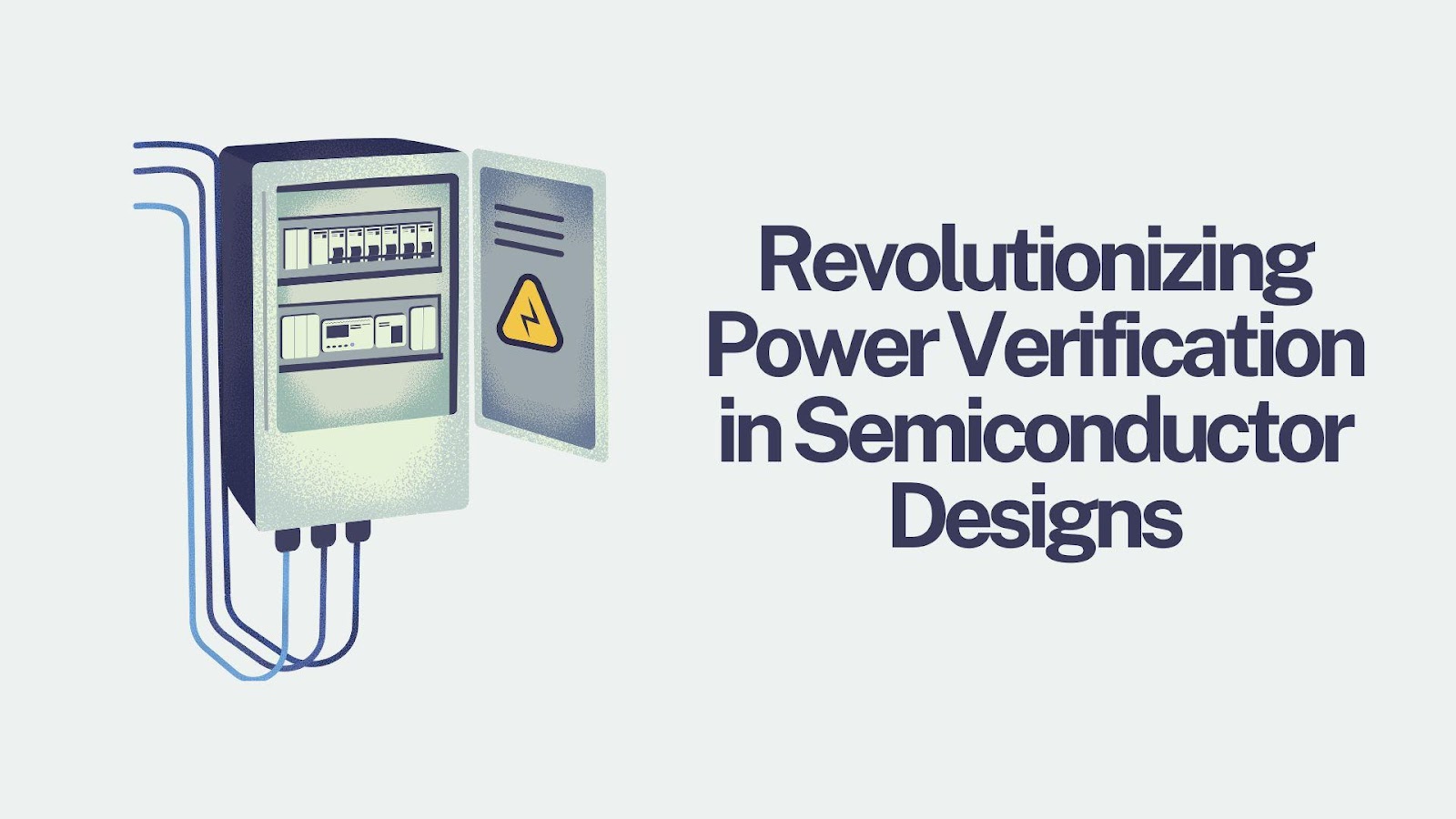In an age of rapid technological advancements, the role of semiconductors has expanded significantly. Sharvani Mukkala, an expert in low-power verification, presents a comprehensive framework to address the growing challenges of power management in modern semiconductor designs. Her insights explore the methodologies required to ensure the efficiency and functionality of semiconductors in AI, IoT, and mobile applications. As the demand for energy-efficient solutions continues to rise, power management has become a critical factor in designing next-generation systems.
Evolution of Power Concerns in Semiconductor Design
Semiconductor design has undergone a major shift, driven by increasing concerns over power consumption and efficiency. Power optimization has become the primary focus, surpassing traditional performance metrics. The industry now demands sophisticated verification techniques to ensure reliable operation across multiple power modes. As designs become more complex, verifying power management features such as power gating and state transitions has become essential to achieving optimal performance.
The Impact of Emerging Technologies on Power Requirements
The widespread use of AI, IoT, and mobile applications has altered the power requirements for semiconductor designs. Modern System-on-Chip (SoC) designs must accommodate a wide range of operating modes, from ultra-low-power states for IoT sensors to high-performance modes for AI acceleration. This dynamic range introduces new challenges in verifying power state transitions. Ensuring functionality across these varying power states requires advanced verification methodologies to detect potential issues early in the design process.
The Critical Need for Low-Power Verification
As power management becomes more complex, the need for comprehensive low-power verification methodologies has never been more crucial. Traditional verification methods, which focus solely on functional correctness, are no longer sufficient. Modern designs require power-aware verification strategies that ensure the accurate operation of power control logic and state transitions.
Power-Aware Simulation Methodologies
To address static and dynamic power concerns in semiconductor designs, advanced power-aware simulation methodologies have been developed. Static power analysis has become essential as leakage power has become a significant portion of total power consumption at sub-nanometer nodes. Dynamic power analysis extends beyond switching activity, considering real-world scenarios, workload patterns, and thermal effects.
Hybrid Verification Approaches: Combining Simulation and Formal Methods
The standardization of power intent specification through formats like Unified Power Format (UPF) and Common Power Format (CPF) has revolutionized power verification. Hybrid verification approaches, combining simulation and formal verification techniques, enable more robust power management verification. These methods reduce verification time and enhance reliability by offering a comprehensive solution for complex power architectures.
Verifying Power State Transitions and Multiple Voltage Domains
Verifying power state transitions has become more complex as semiconductor designs incorporate multiple power modes. The verification process now includes the validation of state retention, isolation cells, and level shifters during power mode transitions. Automated tools check compatibility between domains, verify power sequencing dependencies, and analyze timing constraints.
Advanced Power Gating and Isolation Verification
Power gating verification ensures proper timing, control signal propagation, and the stability of power rails during switching events. Retention flop behavior analysis and isolation cell functionality are key areas of focus. Ensuring data integrity and proper signal isolation between powered and unpowered domains is essential for maintaining system performance.
Formal Methods and Their Role in Low Power Verification
Formal verification methods are employed to provide mathematical proof of correctness for power management implementations. These methods offer exhaustive verification, ensuring correctness without relying solely on simulation techniques. The formal analysis of power control signals and state machines enables a high level of assurance in the reliability of power management systems.
Looking Forward: The Future of Power Verification
As semiconductor designs continue to evolve with increasingly complex power management schemes, the importance of robust low-power verification methodologies grows. The future will likely see continued advancements in automation, coverage metrics, and verification techniques to keep pace with the demands of next-generation systems.
In conclusion, Sharvani Mukkala’s exploration of low-power verification provides invaluable insights into the challenges and solutions in modern semiconductor design. As power management continues to grow in complexity, the industry’s ability to adapt and innovate in verification methodologies will be critical to ensuring reliable and efficient semiconductor designs for the next generation of electronic systems.





























